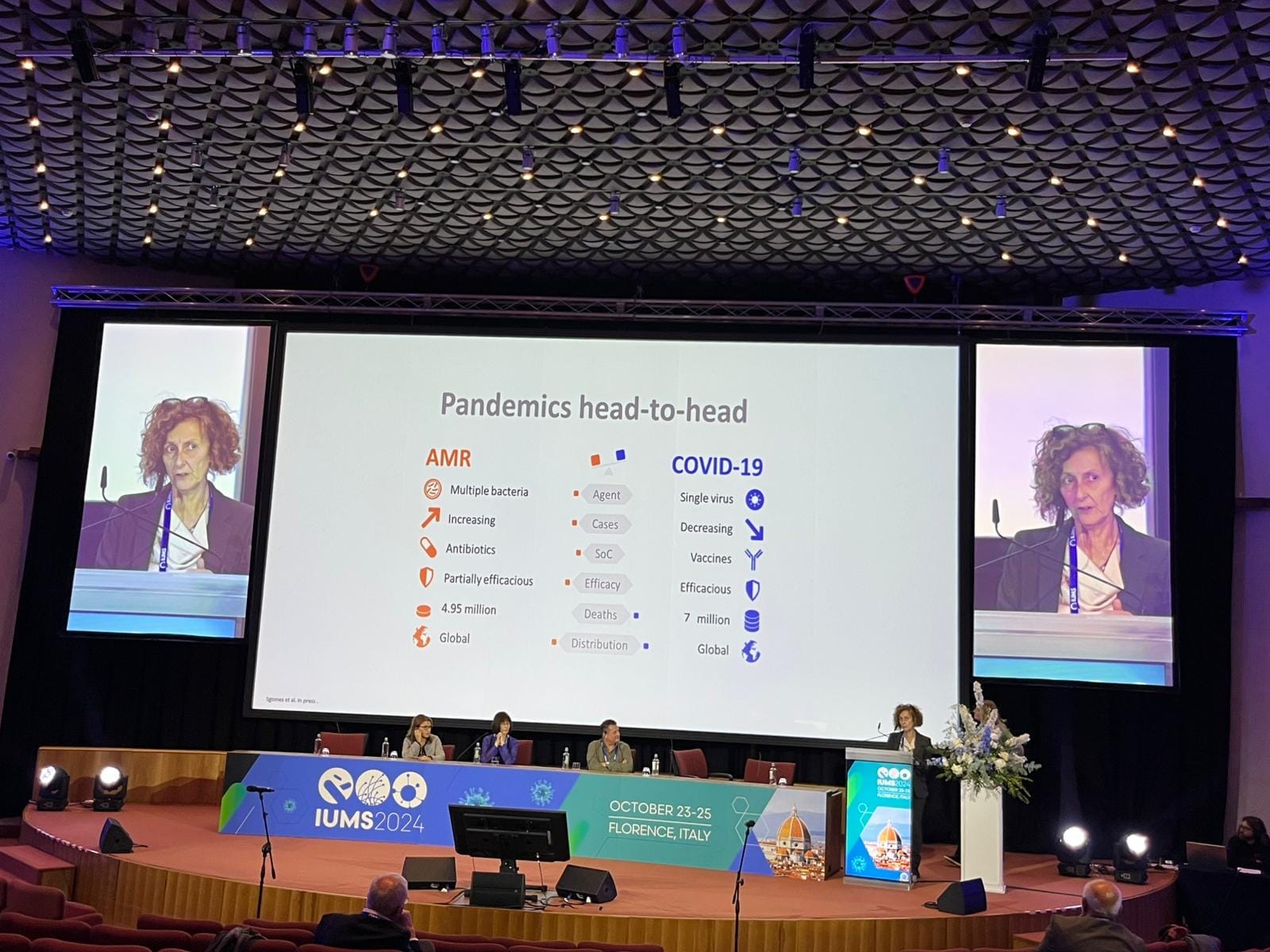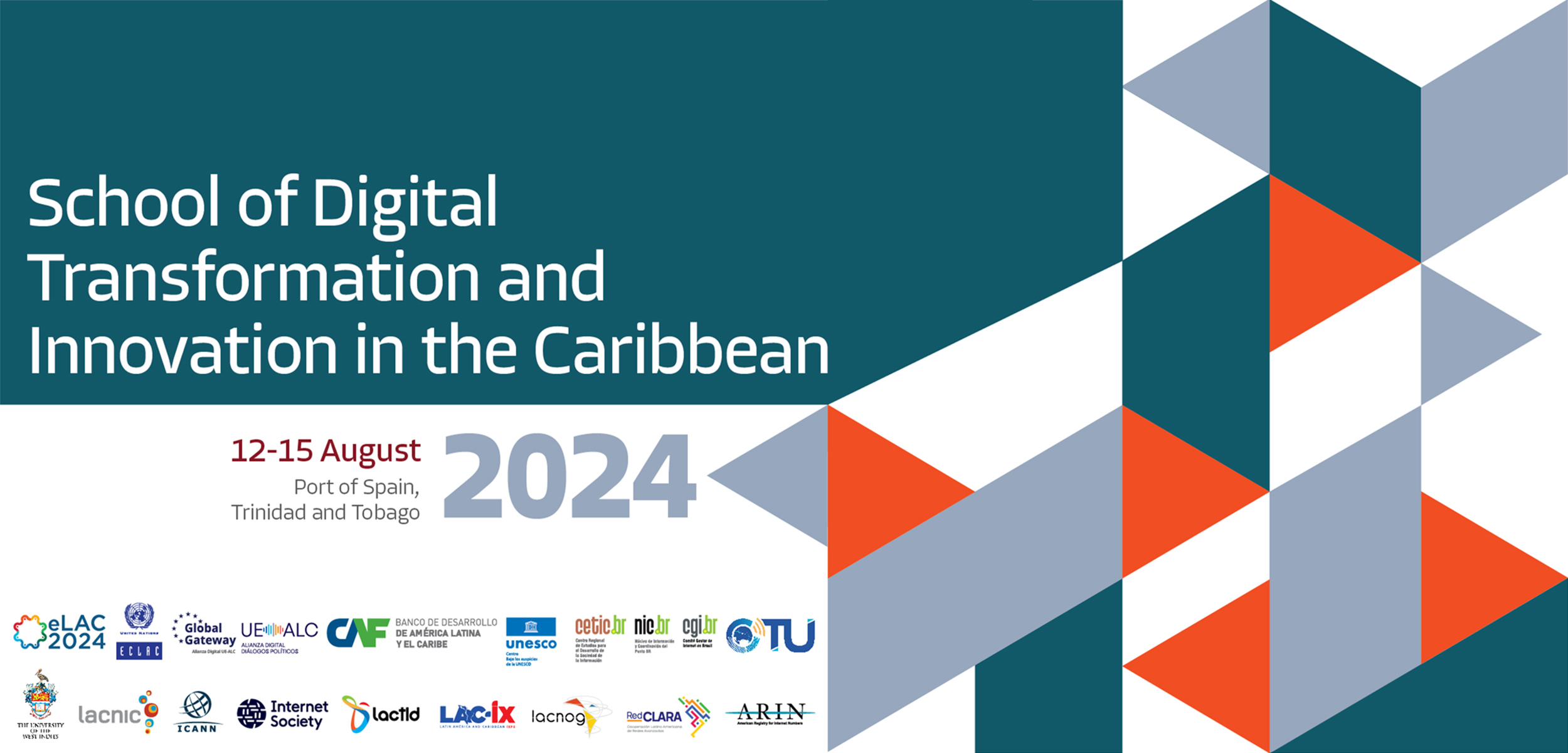Project Report: Alltech Crop Science Expansion in Nicholasville, Kentucky
Executive Summary
- Alltech is proceeding with a nearly $4.6 million expansion of its operations in Jessamine County, Kentucky, to establish a new crop science production facility.
- The project is supported by a $2.34 million grant from the U.S. Department of Agriculture’s (USDA) Fertilizer Production Expansion Program and will create six new manufacturing jobs.
- This initiative is strategically aligned with key United Nations Sustainable Development Goals (SDGs), focusing on sustainable agriculture, economic growth, innovation, and environmental stewardship.
Project Details and Strategic Impact
Investment and Infrastructure Development
- Total Investment: Approximately $4.6 million.
- Federal Funding: A $2.34 million award from the USDA.
- Facility Focus: The new plant will be Alltech’s first U.S. manufacturing site dedicated solely to crop science solutions. This directly supports SDG 9 (Industry, Innovation, and Infrastructure) by building resilient infrastructure and fostering domestic innovation.
- Job Creation: The expansion will create six new manufacturing positions, contributing to SDG 8 (Decent Work and Economic Growth) by promoting local employment.
Production and Technological Innovation
- Production Capacity: The facility is designed to produce over 66,000 gallons of biological fertilizer products per shift each month.
- Product Portfolio: More than 30 distinct biological products will be manufactured to enhance soil and crop vitality using beneficial microorganisms.
- Technological Model: The plant’s design is modeled after Alltech’s advanced crop science facilities in Brazil and Spain, ensuring state-of-the-art production capabilities.
Alignment with Sustainable Development Goals (SDGs)
Advancing Sustainable Agriculture and Food Security (SDG 2 & SDG 15)
- Zero Hunger (SDG 2): The facility’s output of biofertilizers is intended to improve nutrient uptake and crop yields, directly contributing to the goals of achieving food security and promoting sustainable agriculture.
- Life on Land (SDG 15): By producing solutions that improve soil fertility, stimulate root development, and support a healthier soil microbiome, the project addresses the goal of halting and reversing land degradation and protecting terrestrial ecosystems.
Promoting Responsible Production and Climate Resilience (SDG 12 & SDG 13)
- Responsible Consumption and Production (SDG 12): The facility will manufacture environmentally sustainable alternatives to traditional synthetic inputs, enabling farmers to reduce chemical use and promoting sustainable production patterns.
- Climate Action (SDG 13): By providing alternatives to energy-intensive synthetic fertilizers and improving soil health, the initiative contributes to reducing agriculture’s overall environmental footprint and enhances supply chain resilience against global disruptions.
Fostering Innovation and Economic Growth (SDG 9 & SDG 8)
- Industry, Innovation, and Infrastructure (SDG 9): The project leverages Alltech’s expertise in microbial fermentation and nutrigenomics, representing a significant innovation in domestic agricultural technology and strengthening the U.S. supply chain.
- Decent Work and Economic Growth (SDG 8): The investment strengthens the local economy in Jessamine County and provides quality employment opportunities, contributing to sustained regional economic growth.
Strengthening Partnerships for Sustainable Development (SDG 17)
- Partnerships for the Goals (SDG 17): The project’s realization is a direct result of a multi-stakeholder partnership involving a private corporation (Alltech), a federal agency (USDA), and state and local government officials, demonstrating a collaborative approach to achieving sustainability objectives.
Stakeholder Endorsements
Summary of Official Statements
- State Government: Governor Andy Beshear highlighted the investment’s contribution to the economic momentum of Kentucky’s manufacturing and agriculture sectors.
- Corporate Leadership: Dr. Mark Lyons, Alltech CEO, emphasized that the investment scales the accessibility of natural solutions that improve soil health and reduce agriculture’s environmental footprint.
- Federal Government: U.S. Rep. Andy Barr commended the multiyear collaborative process that secured the USDA grant to support Kentucky agriculture.
- Local Government: Nicholasville Mayor Alex Carter and Jessamine County Judge/Executive David West noted the project’s positive impact on the local community through job creation, innovation, and support for sustainable farming.
1. Which SDGs are addressed or connected to the issues highlighted in the article?
The article on Alltech’s expansion highlights several issues that directly connect to the United Nations Sustainable Development Goals (SDGs). The primary focus on sustainable agriculture, economic growth, innovation, and partnerships links the project to the following goals:
- SDG 2: Zero Hunger: The project’s core mission is to enhance agricultural practices. By producing biological fertilizers that “improve soil fertility, stimulate root development, enhance nutrient uptake and support a healthier soil microbiome,” the initiative directly contributes to making agriculture more productive and sustainable, which is essential for ensuring food security.
- SDG 8: Decent Work and Economic Growth: The article explicitly mentions the economic impact of the expansion, including a “nearly $4.6 million investment creating six new jobs.” This contributes to local economic growth and employment opportunities in Nicholasville, Kentucky.
- SDG 9: Industry, Innovation, and Infrastructure: The construction of a “new facility” that will be Alltech’s “first U.S. manufacturing plant dedicated solely to producing crop science solutions” represents an investment in resilient infrastructure and the promotion of inclusive and sustainable industrialization. The project is centered on innovation, using “microbial fermentation” to create advanced biological solutions.
- SDG 12: Responsible Consumption and Production: The new facility will produce products that “reduce chemical inputs” and provide farmers with an “environmentally sustainable alternative to traditional synthetic inputs.” This aligns with the goal of achieving sustainable management of natural resources and reducing the environmental impact of production.
- SDG 15: Life on Land: By creating products that “improve soil and plant health” and “reduce agriculture’s environmental footprint,” the initiative helps protect and restore terrestrial ecosystems. The focus on creating a “healthier soil microbiome” is a direct contribution to improving land and soil quality.
- SDG 17: Partnerships for the Goals: The project is a clear example of a public-private partnership. The expansion by Alltech (a private company) is “partially funded by a $2.34 million award from the U.S. Department of Agriculture’s Fertilizer Production Expansion Program” (a public entity). The article also quotes numerous public officials, including the governor, a U.S. Representative, and local leaders, showcasing a multi-stakeholder collaboration.
2. What specific targets under those SDGs can be identified based on the article’s content?
Based on the article’s details, several specific SDG targets can be identified:
-
SDG 2: Zero Hunger
- Target 2.4: “By 2030, ensure sustainable food production systems and implement resilient agricultural practices that increase productivity and production, that help maintain ecosystems… and that progressively improve land and soil quality.” The article supports this by describing products that “enhance soil and crop vitality,” “improve soil fertility,” and provide an “environmentally sustainable alternative” to traditional methods, thus promoting resilient and sustainable agriculture.
-
SDG 8: Decent Work and Economic Growth
- Target 8.2: “Achieve higher levels of economic productivity through diversification, technological upgrading and innovation…” The project involves a “nearly $4.6 million investment” in a new, technologically advanced manufacturing plant that utilizes “deep expertise in microbial fermentation,” directly aligning with this target.
- Target 8.5: “By 2030, achieve full and productive employment and decent work for all…” The article mentions the direct creation of “six new manufacturing jobs,” contributing to local employment.
-
SDG 9: Industry, Innovation, and Infrastructure
- Target 9.4: “By 2030, upgrade infrastructure and retrofit industries to make them sustainable…with a greater adoption of clean and environmentally sound technologies and industrial processes…” The new plant is designed to “reduce agriculture’s environmental footprint” and produce “environmentally sustainable” solutions, which constitutes an upgrade to sustainable industrial processes.
- Target 9.b: “Support domestic technology development, research and innovation…” The article states that the project’s impact “enables the export of domestic technologies, driving international uptake of U.S. products,” which directly supports domestic innovation.
-
SDG 12: Responsible Consumption and Production
- Target 12.4: “…achieve the environmentally sound management of chemicals…and significantly reduce their release to air, water and soil…” The development of biological solutions that “reduce chemical inputs” is a direct contribution to this target by providing alternatives to synthetic chemicals in agriculture.
-
SDG 15: Life on Land
- Target 15.3: “…combat desertification, restore degraded land and soil…and strive to achieve a land degradation-neutral world.” The biofertilizers that “improve soil fertility” and “support a healthier soil microbiome” are tools that help restore soil quality and combat land degradation.
-
SDG 17: Partnerships for the Goals
- Target 17.17: “Encourage and promote effective public, public-private and civil society partnerships…” The collaboration between Alltech, the USDA, and state and local governments, cemented by the “$2.34 million award,” is a textbook example of the public-private partnership this target aims to foster.
3. Are there any indicators mentioned or implied in the article that can be used to measure progress towards the identified targets?
The article provides several quantitative and qualitative indicators that can be used to measure progress:
- Financial Investment in Sustainable Industry (Indicator for SDG 8.2, 9.4): The total project cost is stated as a “nearly $4.6 million investment,” which is a clear financial indicator of commitment to technological upgrading and sustainable industry.
- Public-Private Partnership Funding (Indicator for SDG 17.17): The article specifies a “$2.34 million award from the U.S. Department of Agriculture’s Fertilizer Production Expansion Program.” This amount serves as a direct indicator of financial flows from public to private sectors for sustainable development.
- Job Creation (Indicator for SDG 8.5): The project’s direct impact on employment is quantified as the “creation of six new manufacturing jobs.”
- Production Capacity of Sustainable Goods (Indicator for SDG 2.4, 12.4): The output of the new facility is specified as “over 66,000 gallons of biological fertilizer products per shift per month,” which is a measurable indicator of the availability of sustainable agricultural inputs.
- Product Portfolio for Sustainability (Indicator for SDG 2.4): The article mentions the plant will produce “more than 30 products that help farmers enhance soil and crop vitality and reduce chemical inputs,” indicating the breadth of solutions offered.
- Reduction in Chemical Use (Implied Indicator for SDG 12.4, 15.3): While not quantified, the stated goal to “reduce chemical inputs” and provide an “alternative to traditional synthetic inputs” implies that a key measure of success would be the reduction in the volume of synthetic fertilizers and pesticides used by farmers who adopt these products.
4. Table of SDGs, Targets, and Indicators
| SDGs | Targets | Indicators |
|---|---|---|
| SDG 2: Zero Hunger | 2.4: Ensure sustainable food production systems and resilient agricultural practices. |
|
| SDG 8: Decent Work and Economic Growth |
8.2: Achieve higher levels of economic productivity through innovation. 8.5: Achieve full and productive employment. |
|
| SDG 9: Industry, Innovation, and Infrastructure |
9.4: Upgrade infrastructure and industries to make them sustainable. 9.b: Support domestic technology development and innovation. |
|
| SDG 12: Responsible Consumption and Production | 12.4: Achieve environmentally sound management of chemicals and reduce their release. |
|
| SDG 15: Life on Land | 15.3: Combat desertification, restore degraded land and soil. |
|
| SDG 17: Partnerships for the Goals | 17.17: Encourage and promote effective public-private partnerships. |
|
Source: lanereport.com







